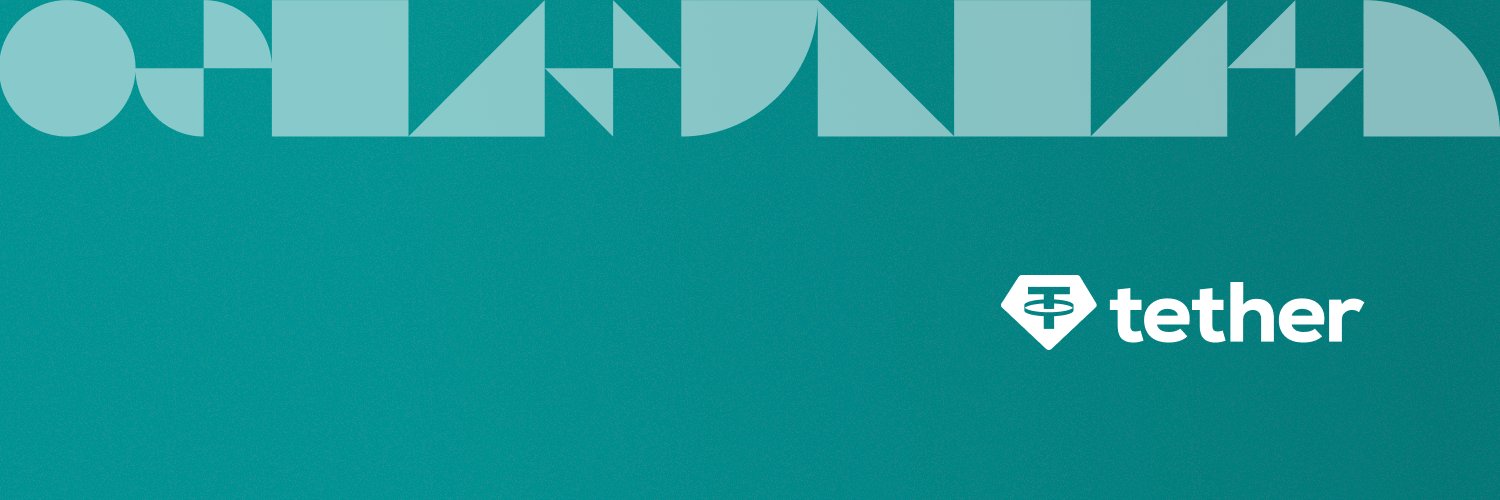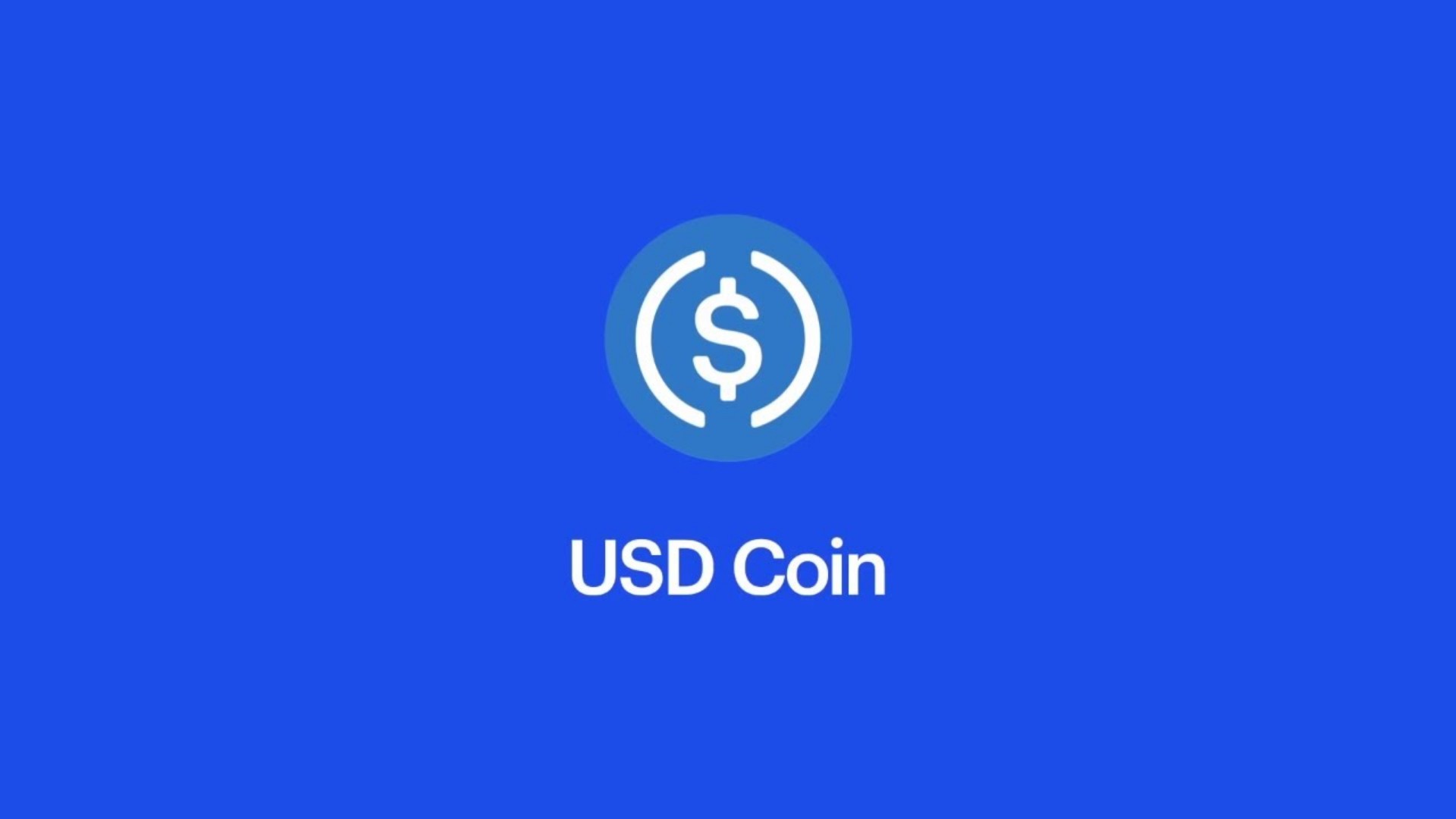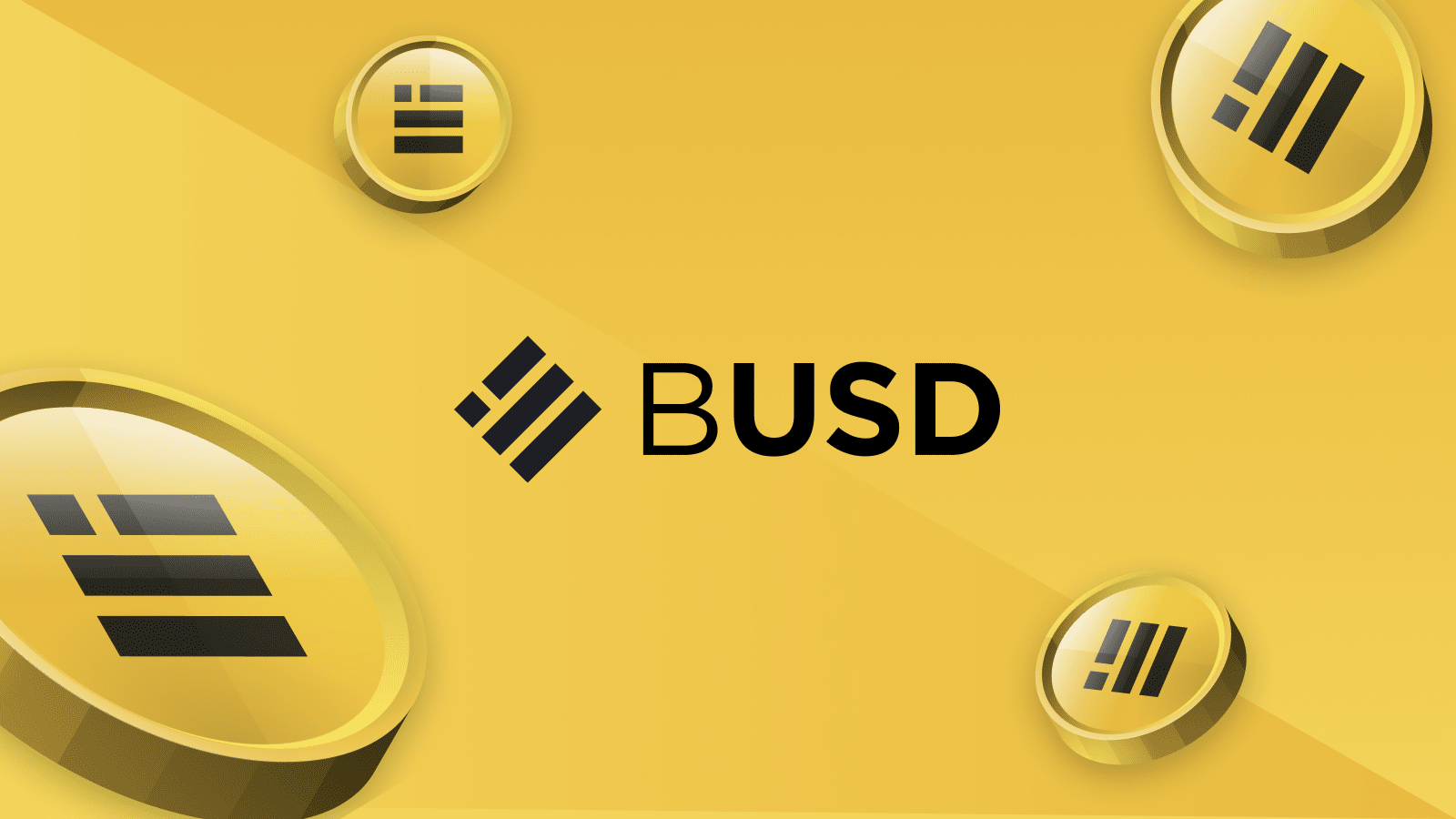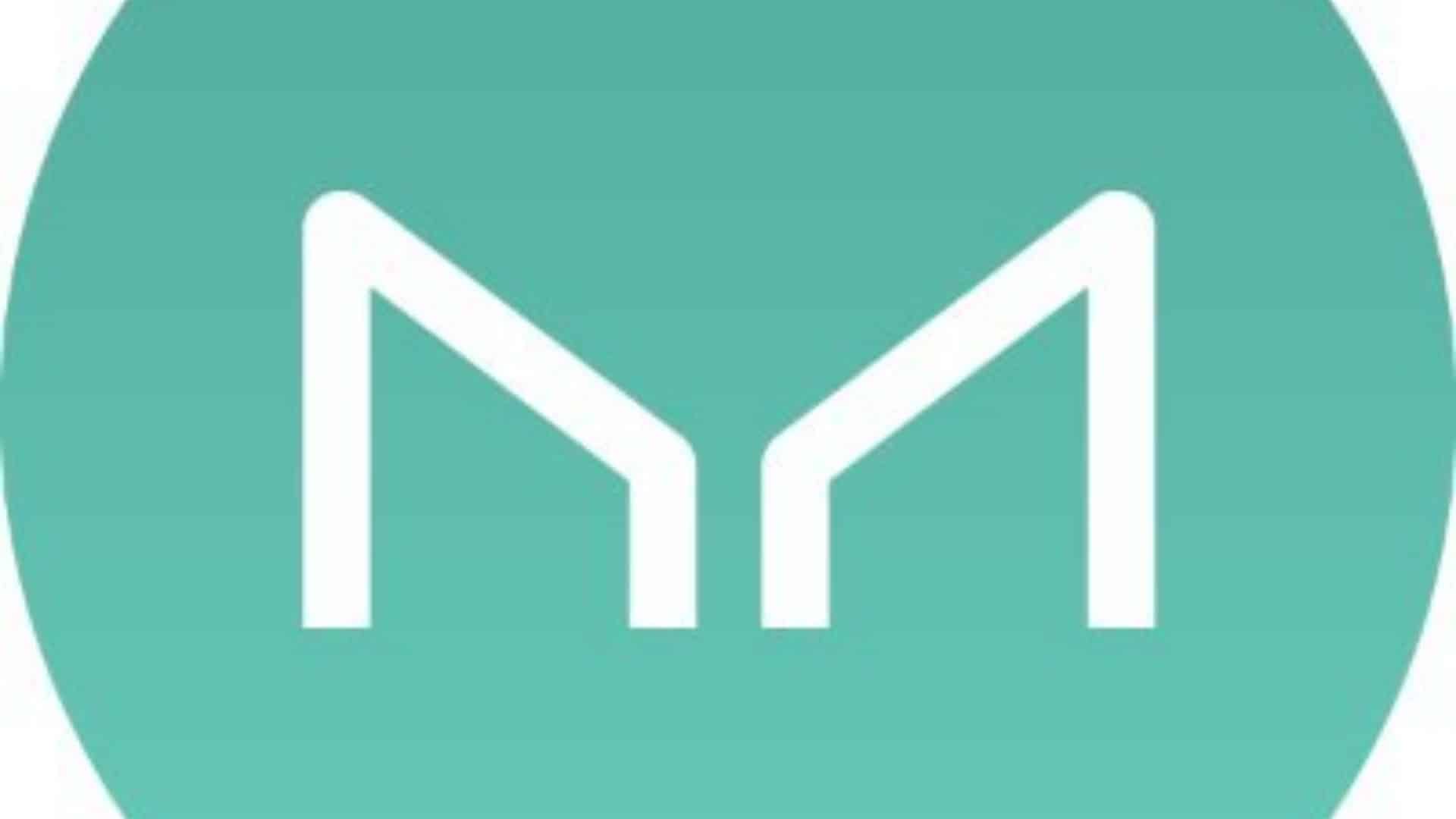What are stablecoins?
Stablecoins are digital currencies whose value is anchored in a more stable and secure asset. There are many different types of stablecoins, and they can all be connected to a fiat currency such as the US dollar, but they can also be linked to precious metals or another cryptocurrency.
As a less volatile kind of crypto, stablecoins bear a close resemblance to the fiat currencies people use on a daily basis. There is a promise of stability in stablecoins because they are pegged to less volatile assets such as the US dollar or the euro. Reserve funds are used as collateral for stablecoins, such that when token holders withdraw their tokens, an equal quantity of the reserve funds is withdrawn.
Stablecoins are envisioned as having all of the advantages of a cryptocurrency but without the volatility that comes with it. Moreover, most businesses aren’t interested in adopting a payment method that could lose value the next day.
How do they work?
An emerging class of goods called DeFi (decentralized finance), in which users conduct transactions without an intermediary like a bank or broker, relies heavily on stablecoins. In addition, some stablecoins, such as USDT and USD Coin, have the largest market capitalizations in the cryptocurrency market.
The source of a cryptocurrency’s backing can impact its risk level. For instance, if a central authority figure (such as a central bank) can step in and manage prices when values are fluctuating, a fiat-backed stablecoin, for example, can be more stable. One reason stablecoins that aren’t tied to central banks might change so quickly is that there is no regulatory authority in charge of determining what the stablecoin is anchored to.
In this section, we examine the most popular stablecoins on the market.
TerraUSD (UST)

The TerraUSD stablecoin is built on an algorithm, and its minting cost is roughly equal to the base value of the stablecoin itself. Like most other stablecoins, this one is also tied to the US dollar. The use of this stablecoin allows DeFi applications to reach their full potential without any restrictions.
The market cap of Terra has increased by more than 2,000 percent in the last year. It’s an Ethereum-based decentralized stablecoin that aims to keep its value at $1.00 at all times. Algorithmic stablecoins are those whose minting costs are equal to the face value of the stablecoins they produce. Unlike other centralized stablecoins, UST is not backed by US dollars in a bank. Rather, to coin one TerraUSD, you must burn $1.00 worth of TerraUSD’s reserve asset (LUNA).
Tokens issued by Terra are burned, and the resulting TerraUSD is supported by interest-bearing crypto assets, making TerraUSD a more scalable stablecoin than the one it replaces. It’s hardly surprising that these products are more volatile than their cash-backed counterparts, although the difference is small.
Tether (USDT)

According to its stated purpose, the quantity of Tether is limited only by the number of dollars it claims to have in its wallet.
In order to demonstrate its ability to keep its peg to the dollar, Tether, the largest stablecoin, has been under increasing pressure to publish regular reports on its reserve holdings. According to the most recent data, just 10% of the total amount is kept in cash or deposited. Commercial paper made for nearly half of Tether’s reserves. This may sound worrisome, but the rating is thought to be relatively safe.
In contrast to several other cryptocurrencies, Tether is a stablecoin, which means it is backed by fiat currencies like the US dollar and euro, theoretically maintaining a value equivalent to one of those denominations. Since the value of Tether should be more stable than other cryptocurrencies, many investors who are afraid of the excessive volatility of other coins prefer it.
USD Coin

There are only a handful of stablecoins, such as the Gemini dollar, that are backed by FDIC-insured US bank deposits. In order to maintain the highest level of consumer safety, it is regulated by the New York State Department of Financial Services (DFS). It runs on Solana and Algorand blockchains. Because they are more transparent, audited, and reliable, US currency coins are in high demand. Using the monthly supply of tokens and underlying US dollars as a basis for trading is a proper method.
Since its debut in 2018, the supply of USDC has been constrained by its dollar reserves. However, Coinbase, a crypto exchange that was a founding member, claims to have attained regulatory compliance, which only strengthens investor confidence. In addition to expanding use in DeFi, decentralized applications (DApps), and gaming, most exchanges accept USD Coin.
USD Coin (USDC), like Tether, is a stablecoin, which means that it is backed by US dollars and seeks to achieve a 1 USD to 1 USDC exchange rate. You may use USD Coin to perform several transactions because it is powered by Ethereum.
BUSD

BUSD is a stablecoin backed by the US dollar, and it has been certified by the New York State Department of Financial Services. The BUSD can be exchanged for the US dollar at a 1:1 ratio.
If you are looking for an alternative to other top stablecoins, this is the one for you. Using BUSD as a base currency on BSC’s decentralized trading pools is a common practice in many DeFi protocols. BUSD has a market value of $17.8 billion at the time of this writing, making it the eleventh most valuable digital currency.
DAI

Dai is a good choice because of its consistent value and the fact that it is supported by a large number of exchanges. Dai is an excellent example of how smart contracts may be put to use. Even though there have been occasional hiccups, a stablecoin that is not controlled by a single entity is an outstanding achievement.
The supply of Dai tokens is restricted by the amount of collateral held in the company’s vaults. However, this collateral is not in the form of US dollars but rather other cryptocurrencies, resulting in a balancing act in the early months of 2019. It can be used for trading, but DeFi protocol services are where it is most prominent.
Decentralized issuance of Dai tokens by any user is permitted via MakerDAO, which governs DAI with MakerDAO tokens as collateral. With a market cap of around $8.4 billion, Dai is one of the most valuable stablecoins currently on the market.
In summary
There are a variety of stablecoins that accomplish the same thing in different ways. The assets that back some of them are either real money or cash-like assets. There’s little doubt that stablecoins will play a pivotal role when it comes to the digital economy’s future.
These coins have contributed to the integration of cryptocurrencies into the traditional financial system on a larger scale. Also, as a result, economic shocks from either side can now easily reach the opposite side of the cryptocurrency divide.